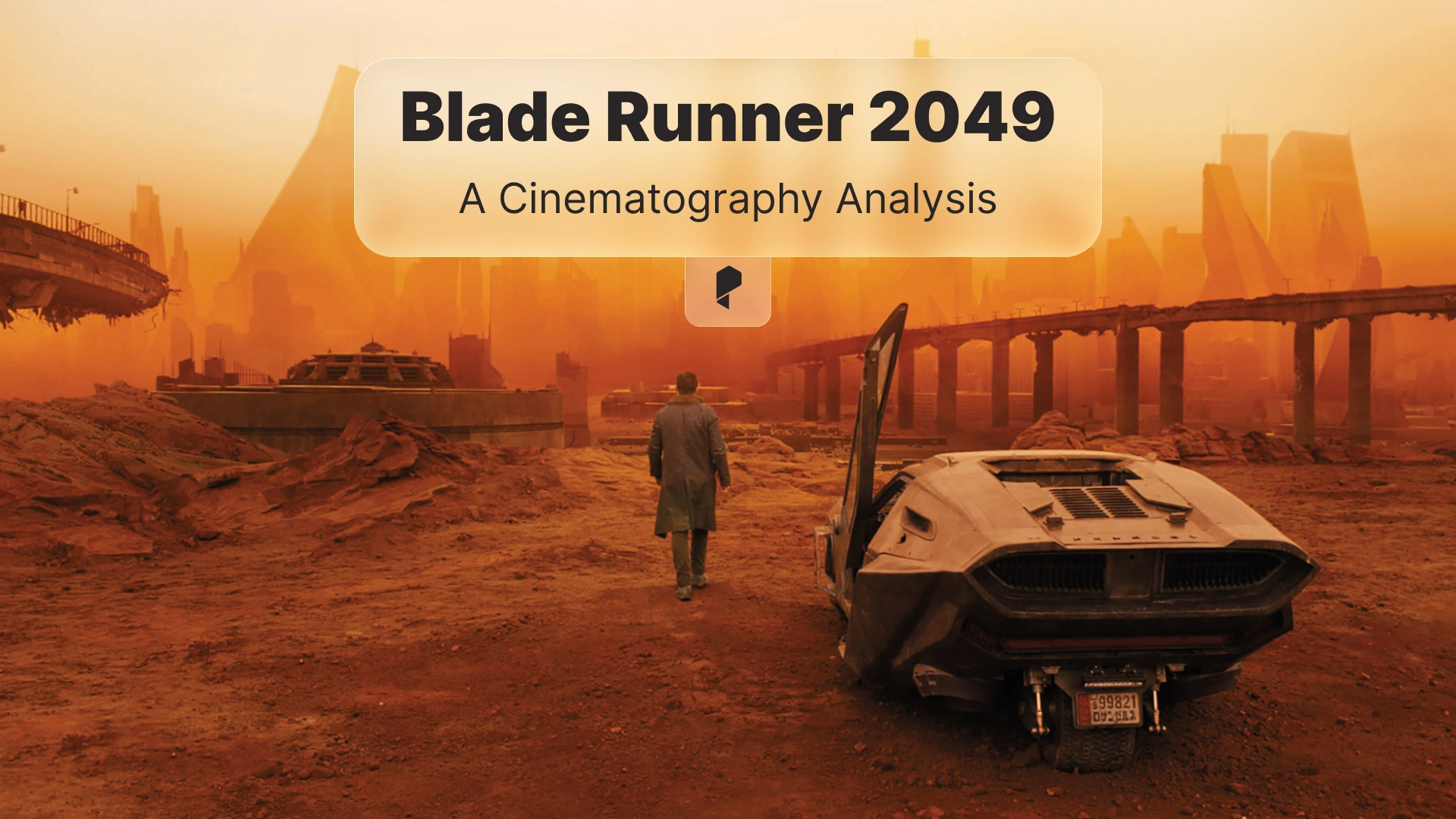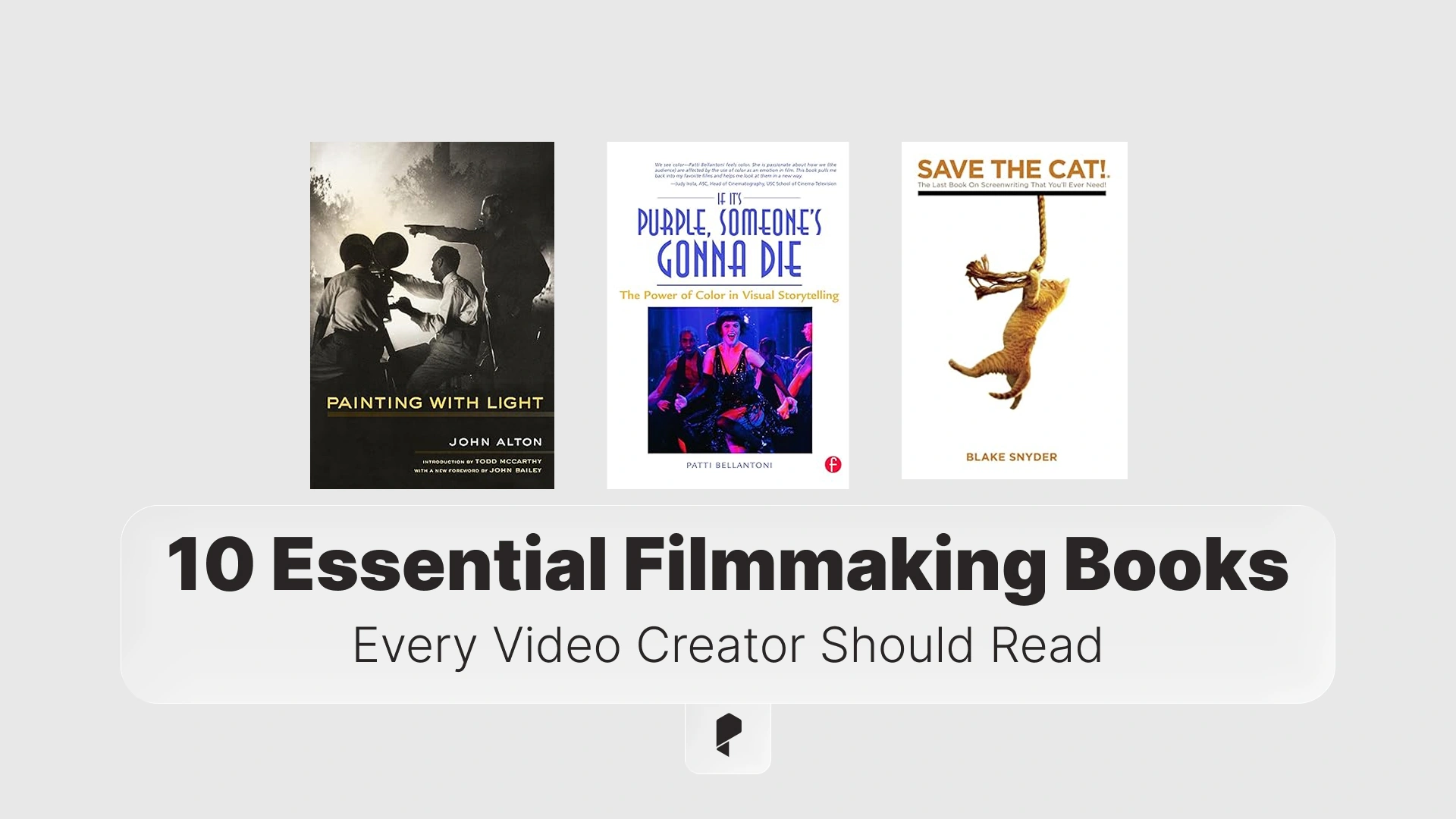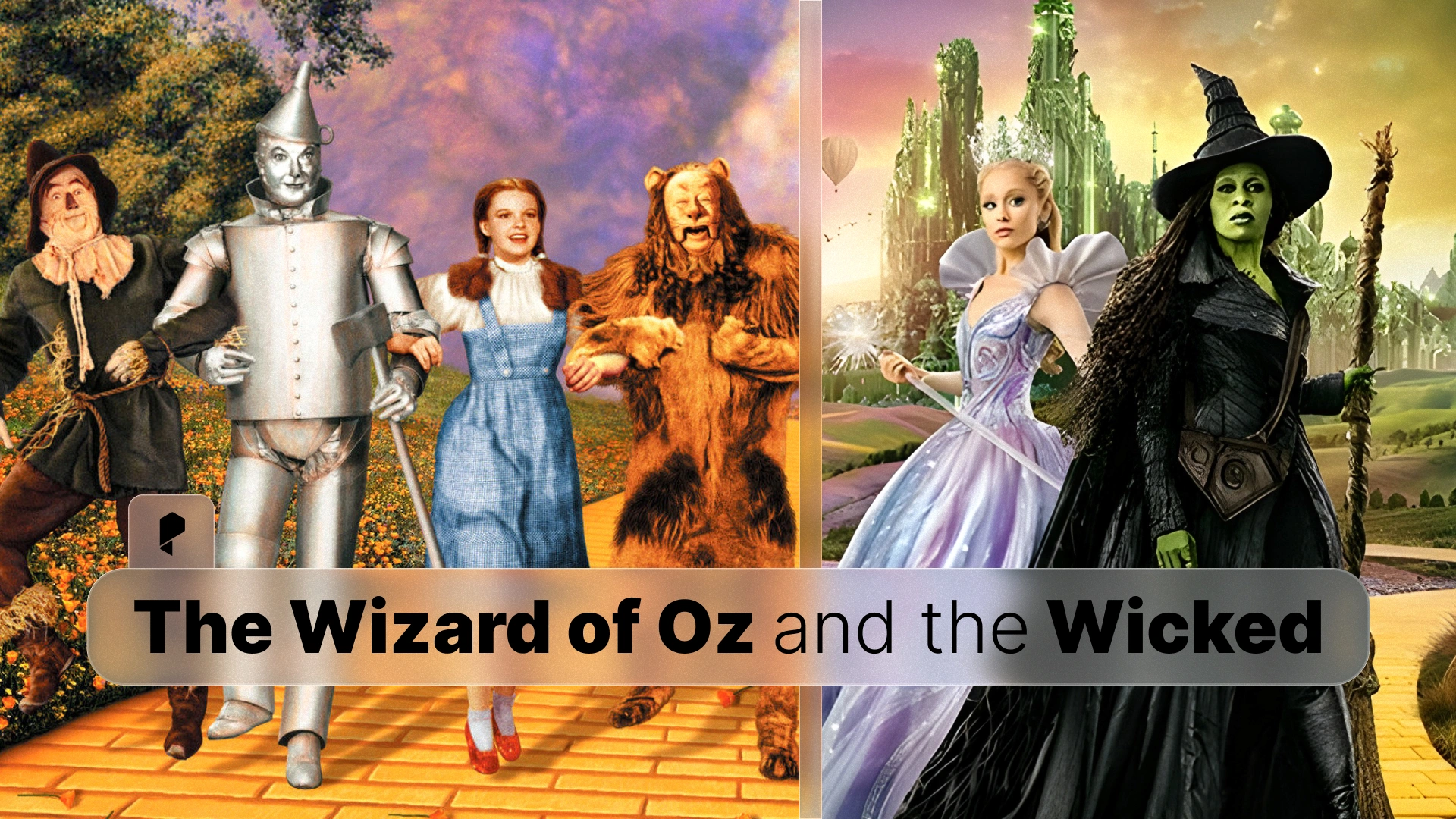The Ultimate Guide to Two Shot Framing and Camera Angles

In this guide, we’ll explore the definition, purpose, and composition of Two Shot angles while diving into their impact on various film genres. Additionally, we’ll provide expert insights into framing techniques and link valuable resources to help you achieve professional-level cinematography.
What is a Two Shot Camera Angle?
Characteristics of a Two Shot:
- Both characters share the frame rather than being separately filmed.
- The shot can be tight (close-up) or wide, depending on the scene’s mood.
- It can be static or dynamic, involving camera movement for added effect.
Common Uses of Two Shot Camera Angles:
- Dialogue Scenes: Enhances conversation flow without excessive cuts.
- Tension Building: Highlights conflict between two characters.
- Comedic Timing: Captures simultaneous reactions for humor.
- Character Bonding: Strengthens emotional connections through shared framing.
Filmmakers frequently use Two Shots to visually establish the relationship between characters while maintaining immersive storytelling.
Why Filmmakers Use Two Shot Angles for Strong Visual Storytelling
Emotional and Psychological Impact:
- Sense of Unity or Division: Depending on character placement, a Two Shot can suggest harmony or conflict.
- Balanced Framing vs. Asymmetry: A centered Two Shot indicates equality, while an off-center composition may highlight power struggles.
- Depth and Background Elements: Background action and visual depth enrich storytelling beyond mere dialogue.
For a deeper understanding of different camera framing techniques and shot sizes, check out this comprehensive guide on camera shots to elevate your cinematography skills.
Two Shot vs. Other Framing Techniques:
Close-Up: Isolates one character’s emotion.
Over-the-Shoulder: Creates perspective from one character’s POV.
Wide Shot: Establishes location and body language.
Two Shot: Highlights character relationships and interaction.
By choosing the right framing approach, filmmakers can subtly influence the audience’s perception of a scene, making the Two Shot an invaluable tool in visual storytelling.
Mastering Two Shot Composition – Framing and Camera Placement
Framing Techniques:
- Tight Two Shot: Used for intimate or intense conversations.
- Medium Two Shot: Maintains a balance between the subjects and background.
- Wide Two Shot: Establishes location and character movement within the scene.
Camera Placement Considerations:
- Eye Level: Creates a neutral perspective and encourages audience connection.
- High Angle: Conveys vulnerability or power imbalance.
- Low Angle: Enhances dominance and authority.
For a polished cinematic look, filmmakers can also utilize letterbox film frames to add a professional touch to their compositions.
Best Uses of Two Shot Angles in Different Film Genres
Comedy:
- Captures humorous reactions between two characters.
- Often used in sitcoms and buddy comedies to emphasize comedic timing.
Drama:
- Highlights emotional depth and character tension.
- Frequently used in relationship-based storytelling and intense conversations.
Action:
- Enhances fight sequences and dynamic interactions.
- Often combined with camera movement to create engaging visual effects.
Real-world examples from classic films demonstrate how directors effectively use the Two Shot to convey genre-specific storytelling elements.
Two Shot Camera Techniques to Elevate Your Filmmaking
Tracking Two Shots:
- Keeps both subjects in focus while moving with them.
- Creates an immersive experience for the audience.
Over-the-Shoulder Variations:
- Combines elements of Two Shot and POV for dramatic effect.
- Useful for intense confrontations or revealing character emotions subtly.
Lighting and Depth of Field:
- Soft lighting enhances intimate Two Shots.
- Shallow depth of field draws attention to characters while subtly blurring backgrounds.
- Deep depth of field shows the two characters in the context of their environment.
By creatively implementing these techniques, filmmakers can craft visually stunning and emotionally compelling Two Shot sequences that elevate storytelling.
Conclusion
By understanding the psychological impact, framing techniques, and advanced filmmaking strategies, directors can enhance their storytelling skills and create engaging, visually captivating scenes. The Two Shot remains an essential component of cinematic language, empowering filmmakers to communicate their vision effectively.
Disclaimer : If you buy something through our links, we may earn an affiliate commission or have a sponsored relationship with the brand, at no cost to you. We recommend only products we genuinely like. Thank you so much.





